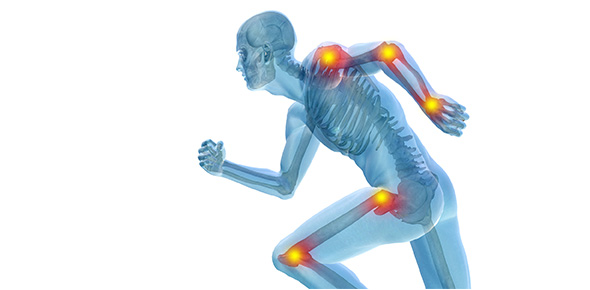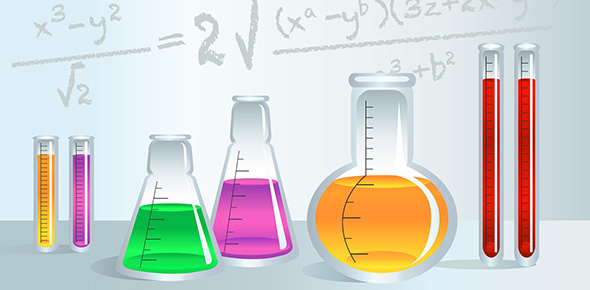Related Flashcards
Related Topics
Cards In This Set
| Front | Back |
|
Prosocial Behavior
|
Doing something that is good for other people or for society as a wholeIncludes following laws, norms or customs, helping someone in need
|
|
Kitty Genovese Murder
|
About 30 of her apartment dwelling neighbors witnessed the murder, all interviewed and said that "they thought that someone else would call the police"Latane and Darley reported the first experimental test of teh bystander apathy apparent in the Genovese case - intercom discussion, one group member appears to have a seizure, wanted to know how the participant would help and how long it would take them to helpPercent helping - when subjects by themselves, vast majority get up and ask experimenter for help, as the number of other participants increases (bystanders) the percent of helping decreases -> bystander effect
|
|
What is the bystander effect
|
As the number of bystanders increases, help decreases*This effect is somewhat influenced by some degree of ambiguity - if the situation were clear, the presence of bystanders would be irrelevant because the situation and the remedy would be obvious and automaticWhen there is uncertainty we must engage in careful, controlled processing
|
|
Five Decision Stages
|
1) Notice the event - because of our limited processing ability, our ability to notice the event may be hindered by distraction or being in a hurry2) Have to interpret the event as an emergency - may not label event as emergency, may incorrectly rely on the interpretation of others and therefore misjudge what is going on (pluralistic ignorance)3) Assume responsibility - diffusion of responsibility - fail to assume personal responsibility4) Know appropriate form of assistance - lack of knowledge, lack of competence5) Implement decision - what are the risks, costs of helping
|
|
What determines if the situation will be noticed and defined correctly?
|
A cry for help (Experiment - window washer falls in the sight line of participants completing a survey, manipulated whether or not window washer cries out for help, cry for help increases percent helping, no cry for help has less helping, simply crying out for help immediately renders the situation quite clear to the subject that something has occurred)FamiliarityA "typical emergency"Social comparison information - look to others for how to interpret emergency (Experiment - participants completed a survey in a room, sometimes with others present, smoke billows into the room - do they interpret as emergency and get experimenter? when alone, majority of people get experiment, when other confederates in room who do nothing, very small number of people get experimenter - drop due to pluralistic ignorance where everyone interprets the situation as not being an emergency
|
|
How do we usually define an emergency?
|
We are most likely to define a situation as an emergency if it is unexpected, unfolds quickly and escalates rapidly - however real emergencies don't actually play out like this
|
|
Pluralistic ignorance
|
When others are present, the collective uncertainty may lead to hesitancy which is collectively viewed as a signal that nothing is wrong and no action is needed
|
|
The presence of others may lead to diffusion of responsibility
|
The belief that others present are responsible for helping, also believe that more knowledgeable helpers are present as group size increases
|
|
The Rewards and Costs of Helping
|
Even if we accept responsibility and know what to do, we may fail to help because it is too costly - bystander calculusFear of embarrassment - if fear of a social blunder is a concern, then being able to explain an action later should remove that concern (true)Fear of punishment - fear of a negative response from othersNo time to help - fail to help others because we have other demands on our timeA messy or unusual victim - (Experiment - staged emergency on subway train where victim collapses, in some cases had an obvious stigma - purple birthmark on face, helping drops with stigma vs. no stigma even though the stigma has no medical consequences - helping this person will have no personal health effects)
|
|
Most and Page study - fear of punishment
|
Real world setting,
unsuspecting participants encounter a confederate on a city street, the
confederate asked for directions to a nearby location and responded in one of
three ways to the participants who tried to help: “Thank you” or “Ok” or “Never
mind, I can’t understand a word you are saying”
Then run into second
confederate who drops a package
No difference between
positive and neutral, most people who help first time will also help second
time around, also the same way with neutral situation
After being punished for
helping the first time, less likely to help the second time
|
|
Did the person bring the situation on themselves or are they an unwitting victim? Who are we less likely to help?
|
We are less likely to help someone who brings situation upon themselves than if they fall victim to something outside of their control
|






